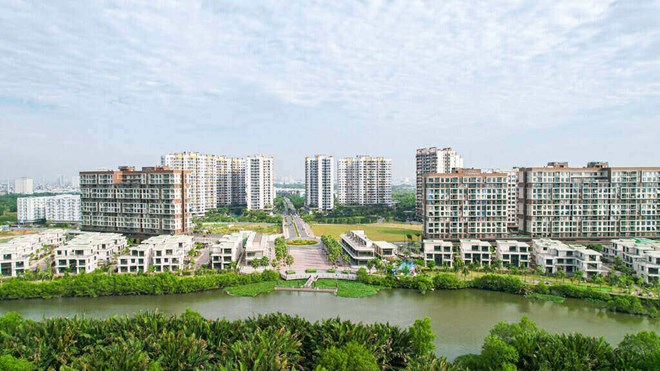
Although the real estate market in Ho Chi Minh City in particular and the whole country in general is having positive and brighter changes compared to 2 years ago, up to now, the market is still facing many challenges.
Currently, the inventory of real estate businesses in Ho Chi Minh City is still very large.
According to the real estate market report of the Ministry of Construction, by the end of the second quarter of 2024, the country's inventory was about 17,105 real estates, including 2,999 apartments; 7,045 individual houses and 7,061 plots of land.
Statistics from the consolidated financial statements of the second quarter of 2024 of 10 listed real estate enterprises show that the total inventory value as of the end of June 2024 was about VND 288,000 billion, an increase of VND 2,000 billion compared to the previous quarter and an increase of 4.3% compared to the end of 2023.
Most of the enterprises' inventories are in old projects that have been implemented for a while but have not been sold out.
The large inventory reveals that the health index of real estate businesses is still unstable. This shows that the purchasing power of the market is still weak, and liquidity in the real estate market in Ho Chi Minh City is still poor.
Cash flow in the market is still slow and weak, while businesses still face large operating costs.
In the context of a more vibrant real estate market as the economy recovers and three new decrees related to the market take effect soon, many banks and real estate investors are stepping up the implementation of preferential real estate credit policies to attract customers to buy houses.
According to a survey by Lao Dong Newspaper reporters, in August, many banks continued to maintain and deploy new preferential loan packages with low interest rates.
In particular, the group of state-owned banks (Agribank, Vietcombank, Vietinbank and BIDV) apply interest rates for loans for production and business, consumer loans and home loans ranging from 5-7%/year.
Meanwhile, the preferential interest rate from the group of joint stock commercial banks recorded the lowest level of 3.5%. For example, Eximbank applied a fixed interest rate of 3.5%/year in the first 2 months; 7.5%/year in the next 22 months. The lending interest rate after the preferential rate is calculated by the base interest rate + a margin of 3%.
HDBank also applies a loan interest rate of 3.5%/year for the first 3 months; 5.0%/year for the first 6 months; 6.5%/year for the first 12 months, and 8.0%/year for the first 24 months. After the preferential period, the interest rate will float with a margin of 4%, around 11%/year.
Notably, PVComBank offers preferential interest rates of 3.99% fixed for the first 3 months, 5.99% fixed for the first 6 months, 6.2% fixed for the first 12 months, 6.99% fixed for the first 18 months; loan term of 20 years, loan limit up to 85%. After the preferential period, the floating interest rate will be calculated according to the formula (base interest rate + margin of 3.3%).
According to many bank leaders , in the last 6 months of 2024, many credit institutions expect a slight loosening of credit standards compared to the first 6 months of 2024 and are expected to loosen for all customer groups and most sectors.
The trend of easing overall lending conditions and terms for corporate customers (easing for production and business loans) and individual customers (expected to focus on narrowing the gap between lending interest rates and average capital costs for consumer loans and loans to buy residential real estate) in the last 6 months of 2024.
Source: https://laodong.vn/kinh-doanh/ngan-hang-day-manh-cho-vay-mua-bat-dong-san-1387767.ldo


![[Photo] Summary of parade practice in preparation for the April 30th celebration](https://vstatic.vietnam.vn/vietnam/resource/IMAGE/2025/4/11/78cfee0f2cc045b387ff1a4362b5950f)

![[Photo] Prime Minister Pham Minh Chinh chairs meeting to discuss tax solutions for Vietnam's import and export goods](https://vstatic.vietnam.vn/vietnam/resource/IMAGE/2025/4/10/19b9ed81ca2940b79fb8a0b9ccef539a)
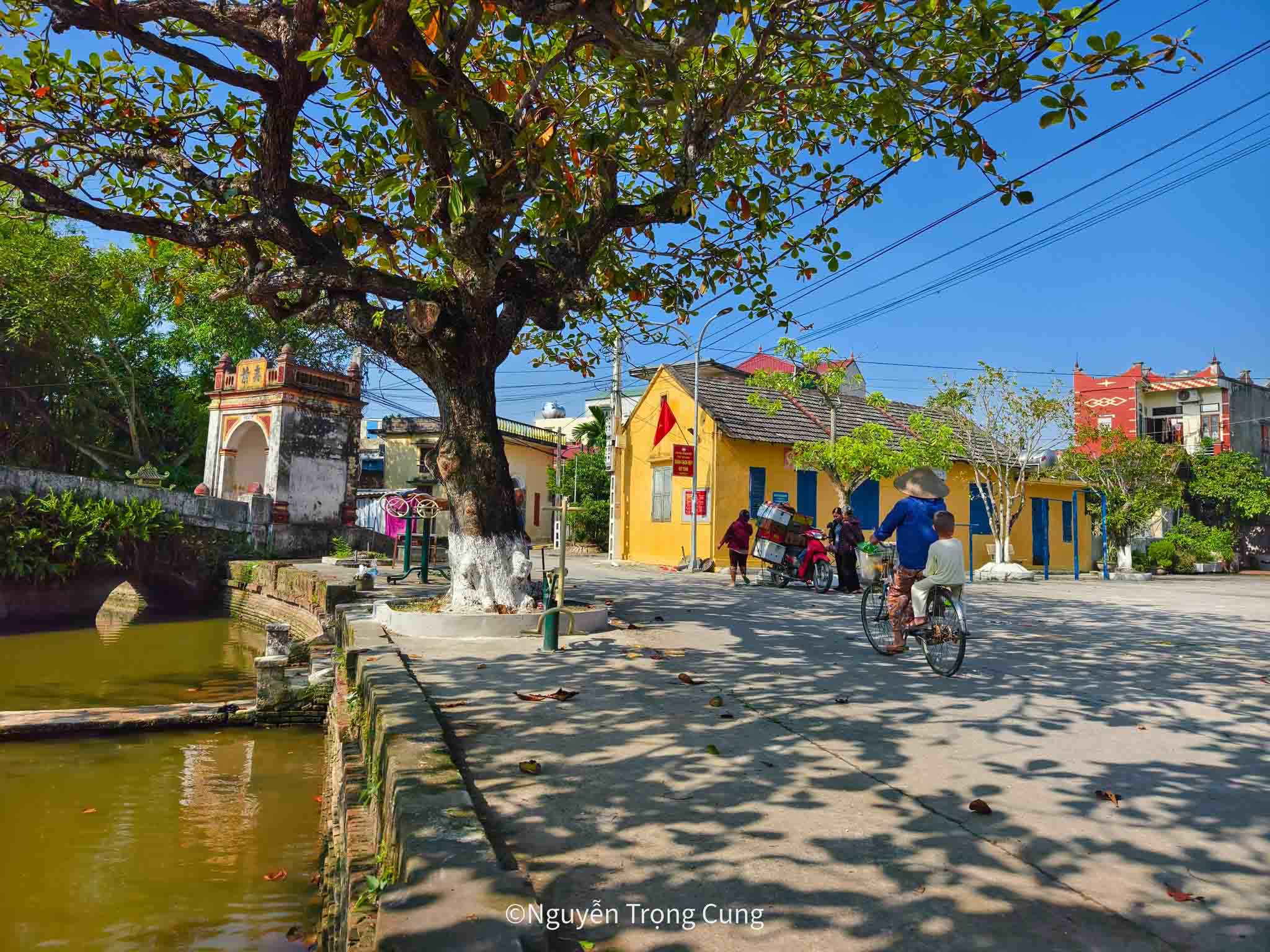
![[Photo] Phuc Tho mulberry season – Sweet fruit from green agriculture](https://vstatic.vietnam.vn/vietnam/resource/IMAGE/2025/4/10/1710a51d63c84a5a92de1b9b4caaf3e5)

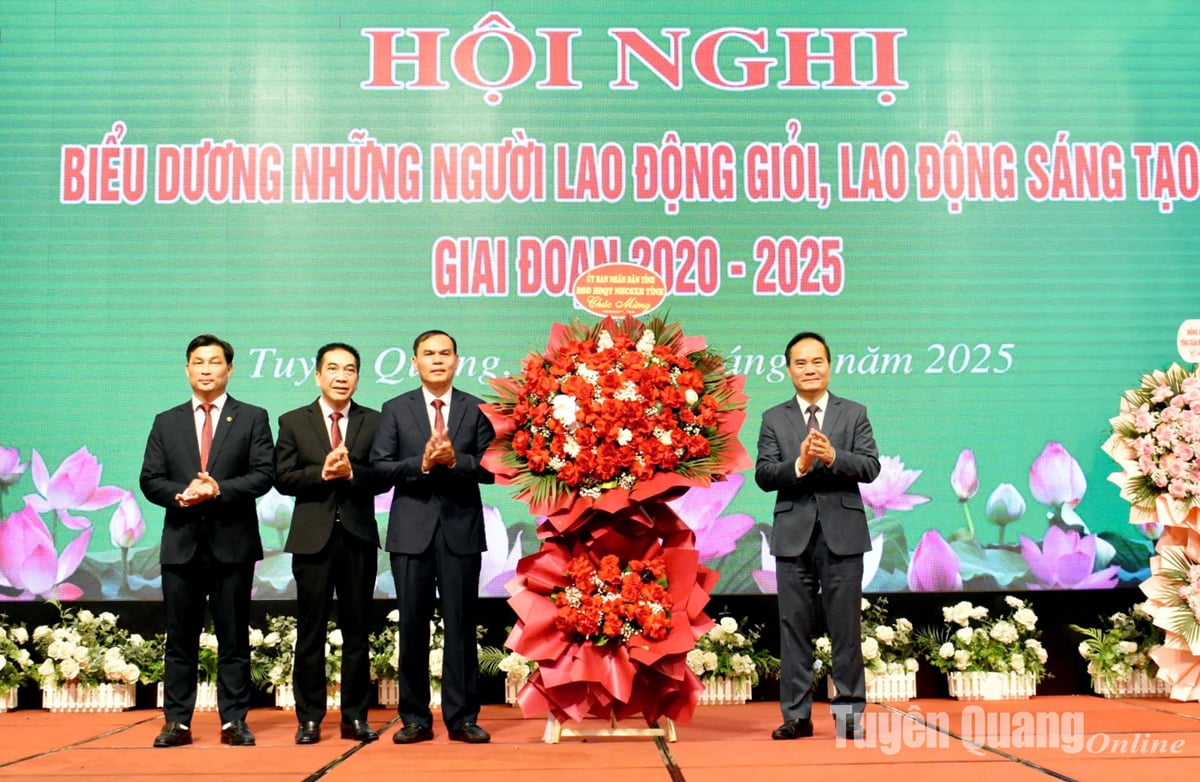

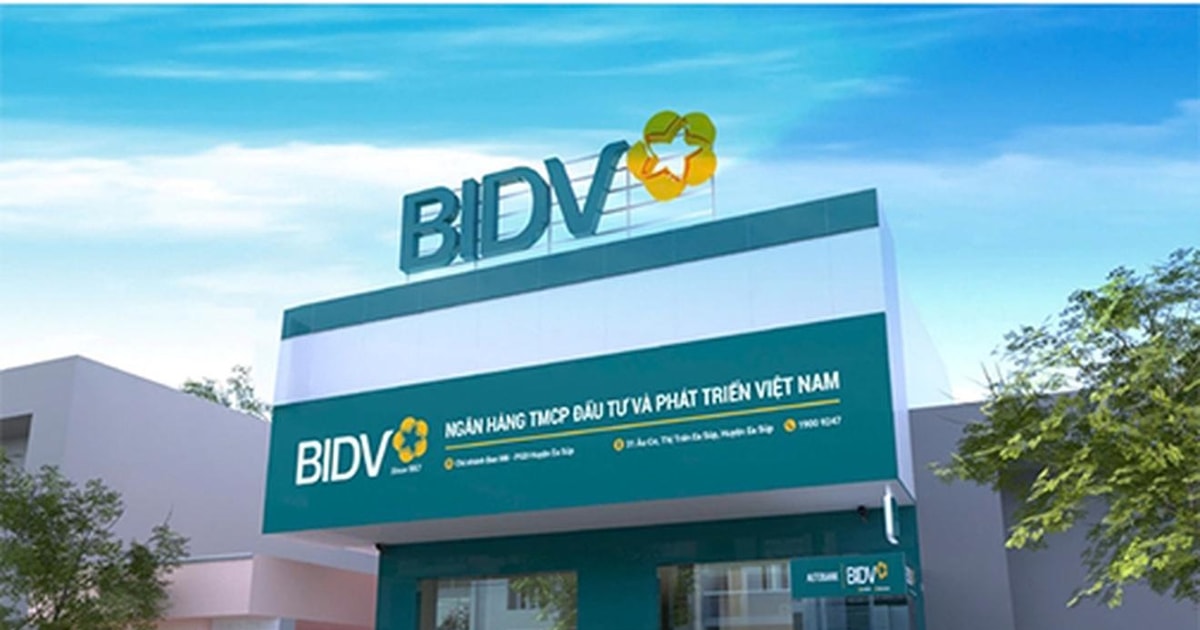

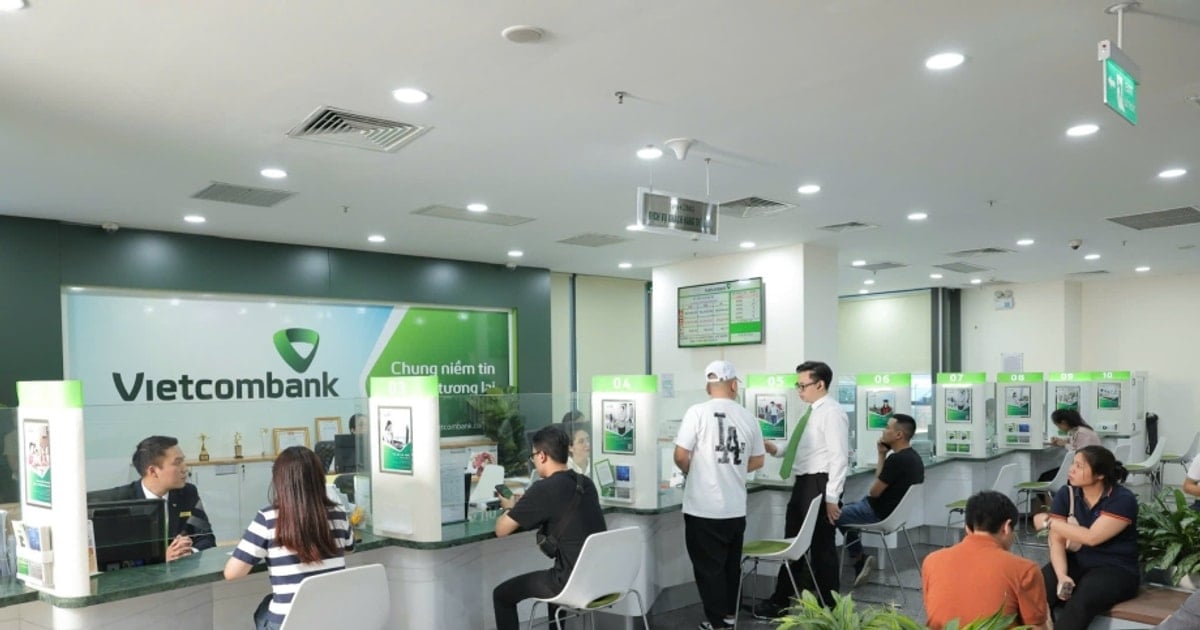





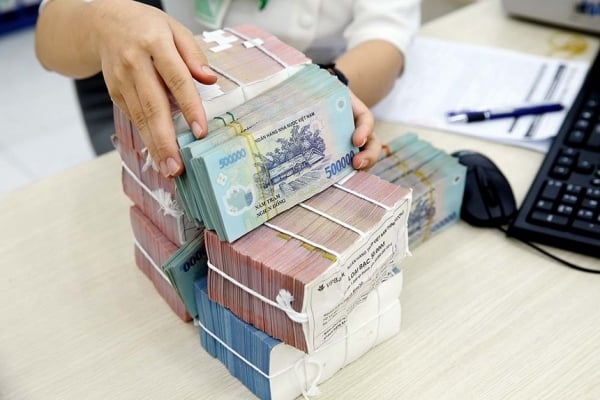



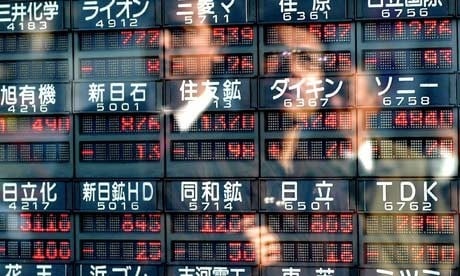






























































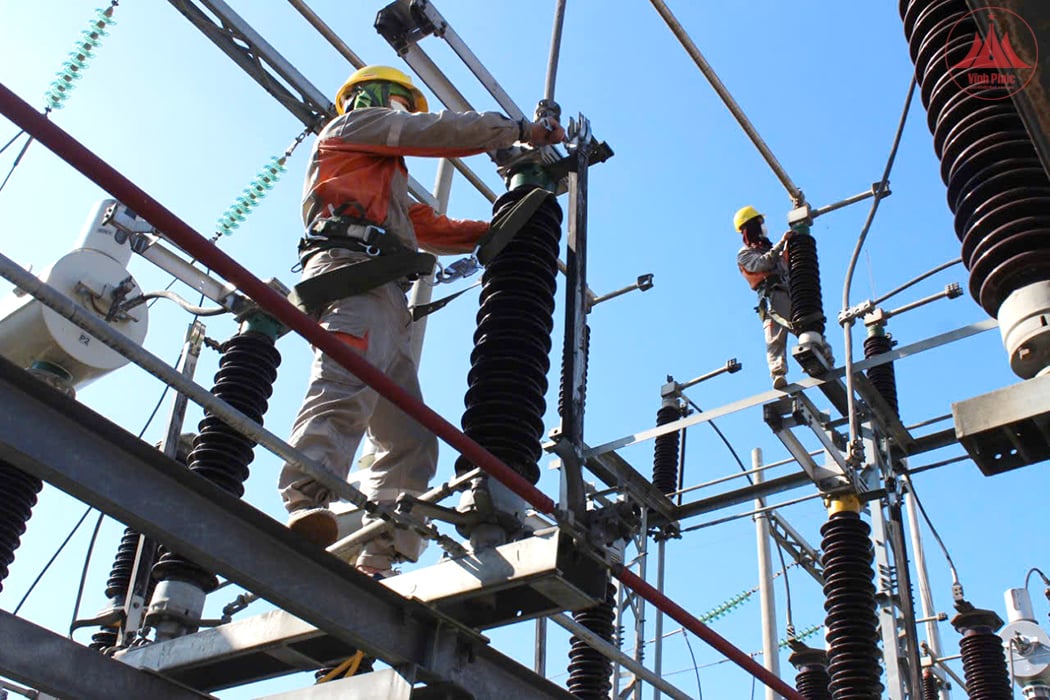










Comment (0)